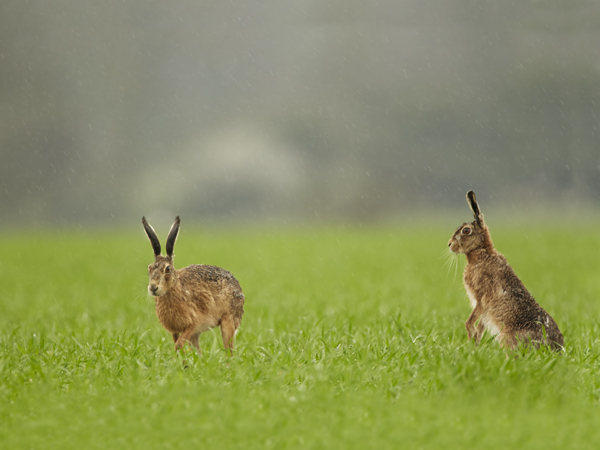| The Brown Hare |
|
It is relatively easy to see Brown hares as you drive through the countryside, in many counties is is a case of driving past ploughed fields at the correct time of the year in early morning or late evening and they can be seen in the fields or crops. As the days get longer and the crops get taller, it becomes harder as often just the ears sticking up above the crop can be seen. But photographing them is another matter as they are shy, very weary of man and will run as soon as they hear or see you. Arable crops is the favourite habitat of the Brown Hare and they particularly like eating the new shoots of the various crops. They are generally a lowland species and have been introduced to Northern Ireland and several islands such as Isle of Man and Orkney. In the far North of Scotland they are found in the farmland areas, but are absent from the central mountainous belt of Scotland where Mountain Hares live. As mountain Hares prefer higher mountainous ground and Brown Hares prefer lower farmed ground, there are very few areas where they can be found side by side. Hares grow to 50 to 60cm in length and can weigh anything between 3 and 4 kg, the females are slightly larger and heavier than the males. They live for up to 4 years but have a very high mortality rate in the first year where many other animals and some birds prey on them. But once they reach adult size, they become more shy and can outrun almost all of their natural predators. They are often controlled by farmers because of the crop damage, and this has also lead to them becoming more wary of man. |
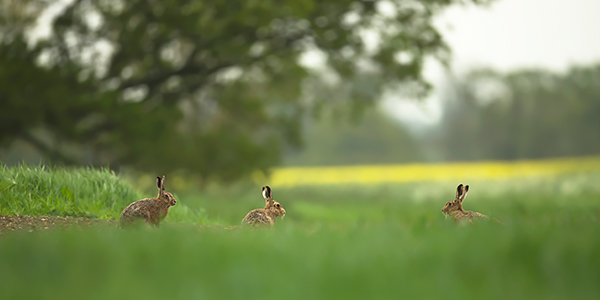 |
| I have seen Hares at many locations, but the photographers on this page have mostly come from Norfolk and were taken over several visits. |
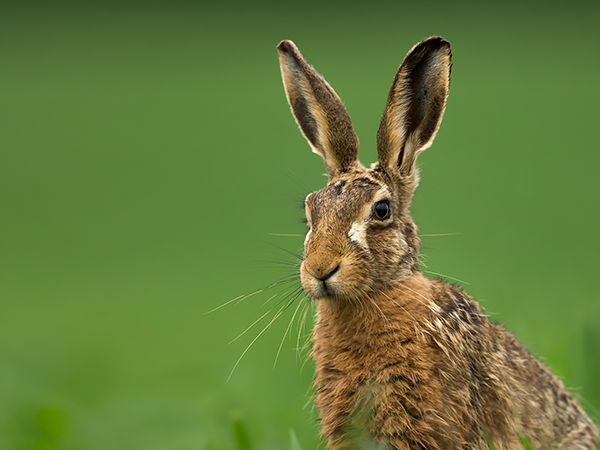 |
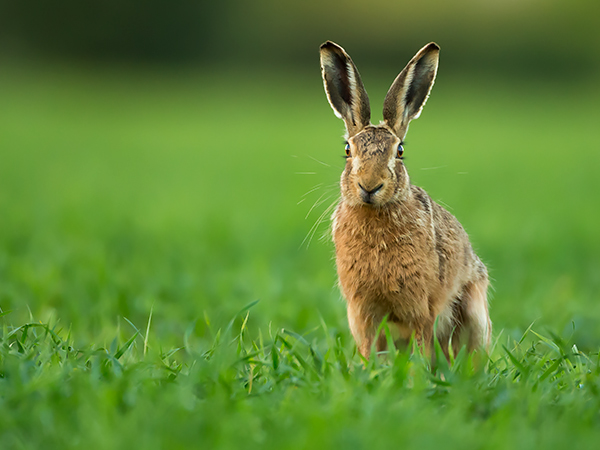 |
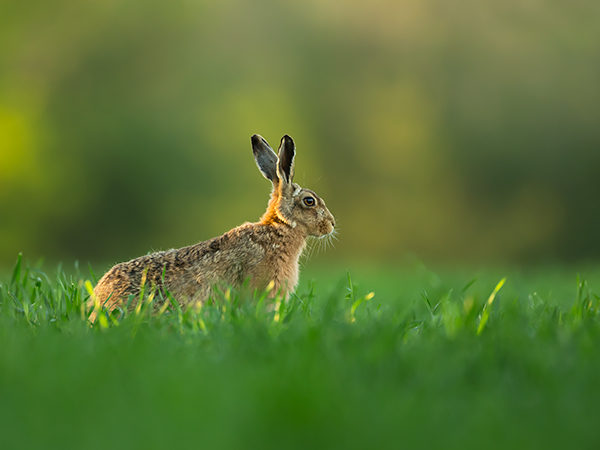 |
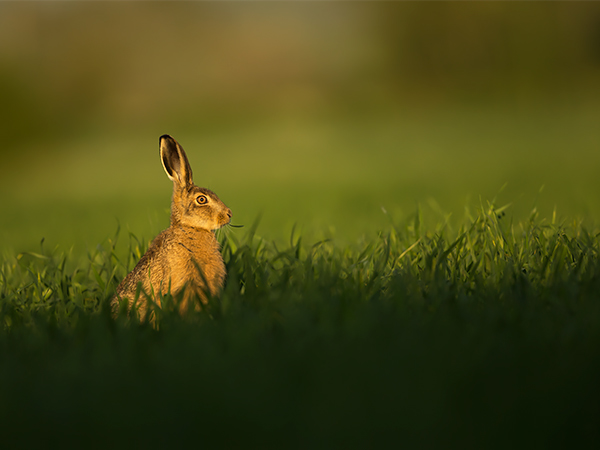 |
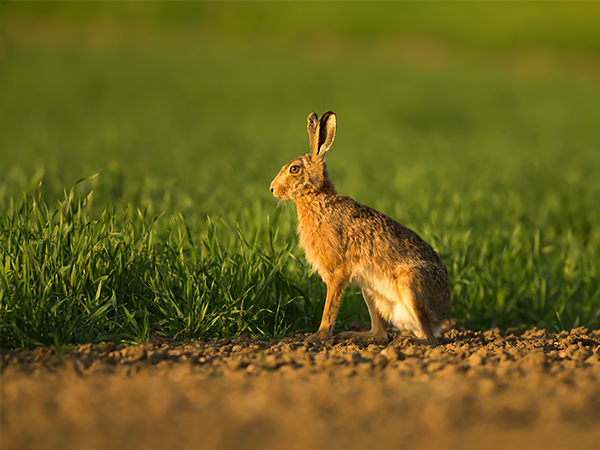 |
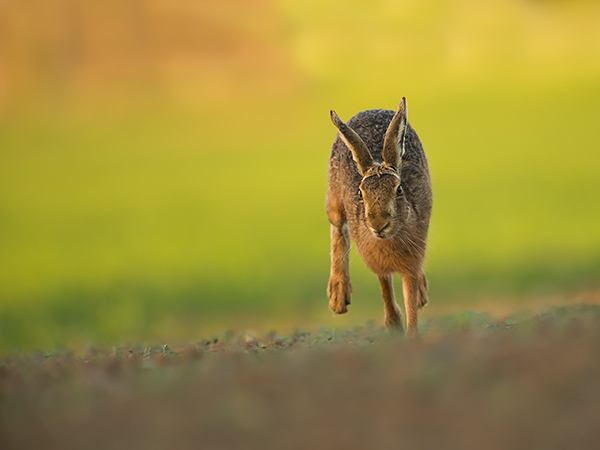 |
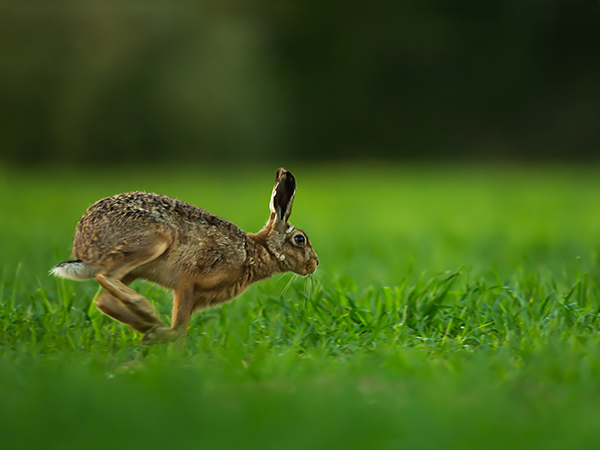 |
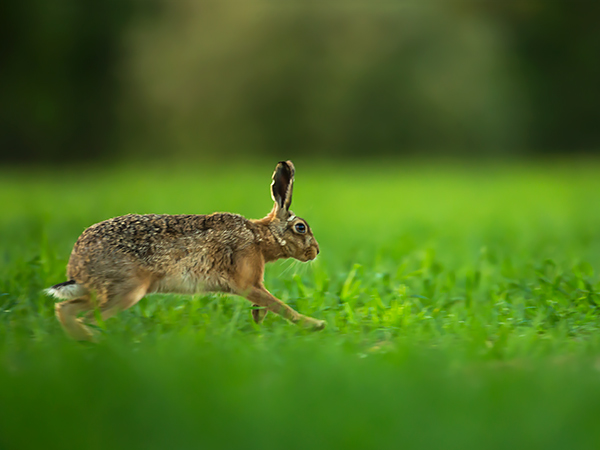 |
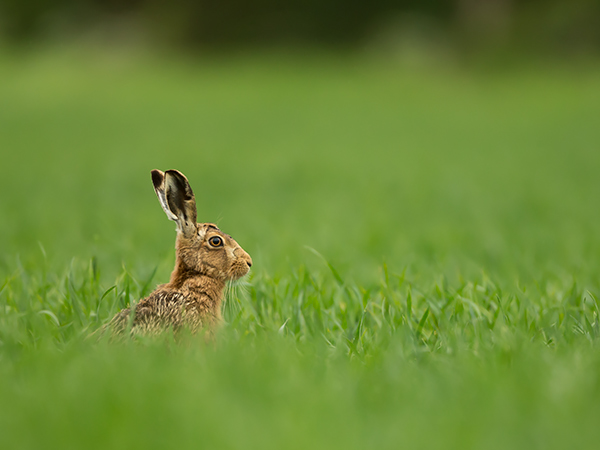 |
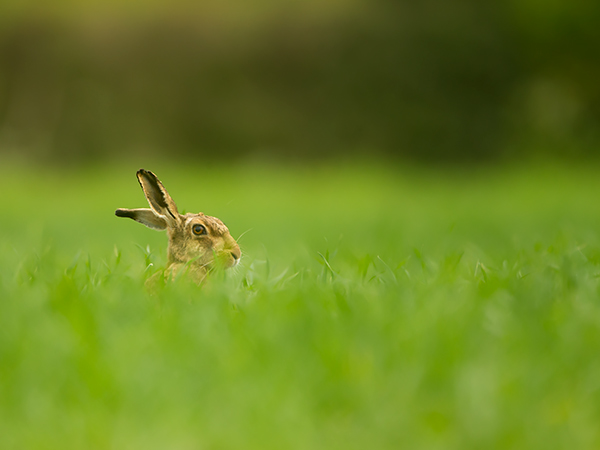 |
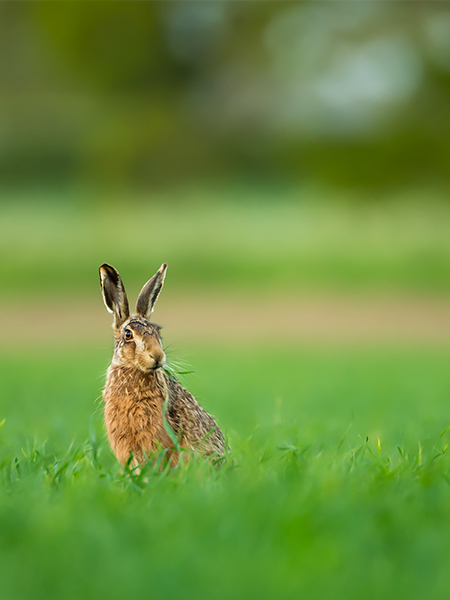 |
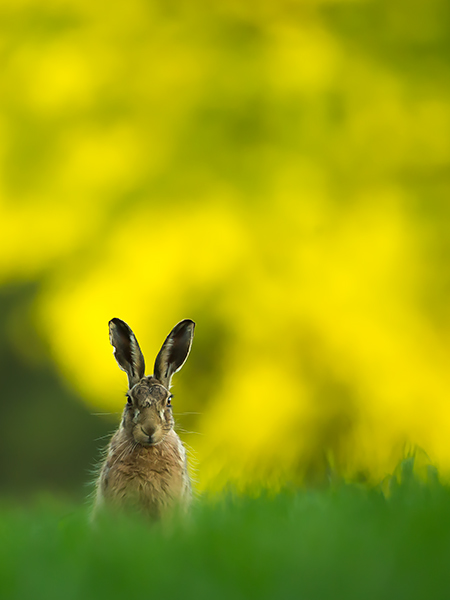 |
|
As the crops grow the Hares are often harder to spot and often its the heads or just the ears that are visible, and then they are even harder to photograph. But wildlife photographers spend a great deal of time chasing good light, but sometimes it is just not possible. When it rains, there is often worthwhile images still to be taken and the images below hopefully prove its often worth looking for subjects in the rain as well as in good light. |
|
|
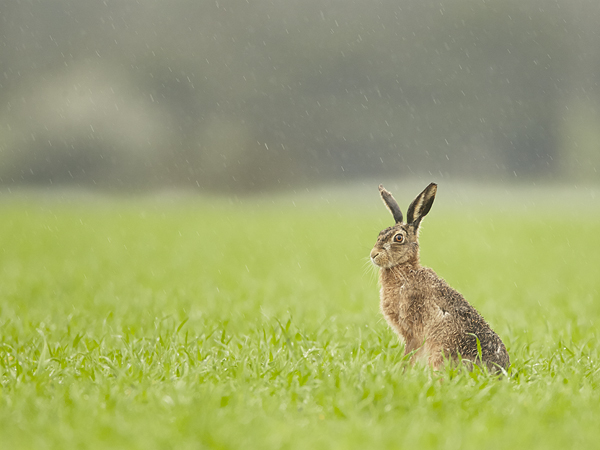 |

